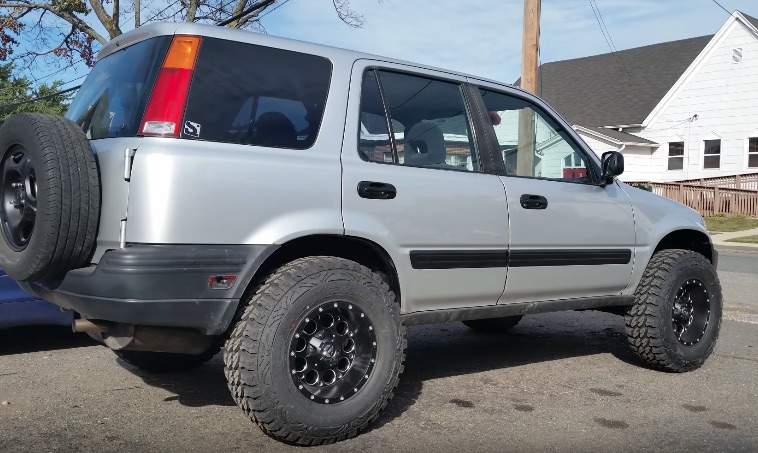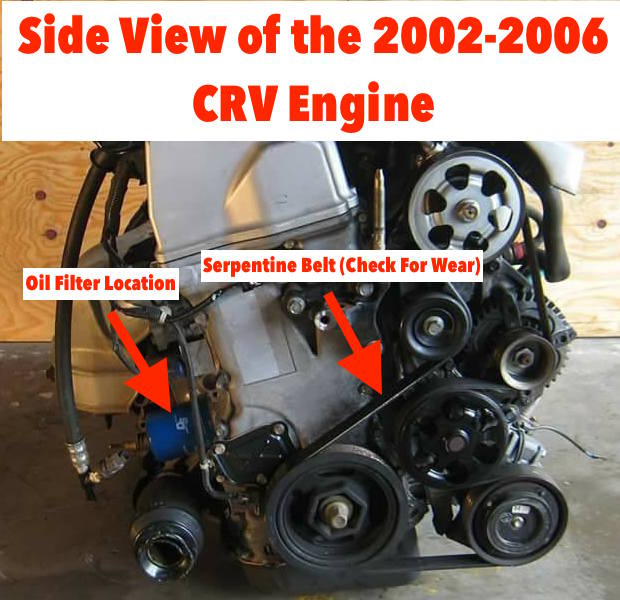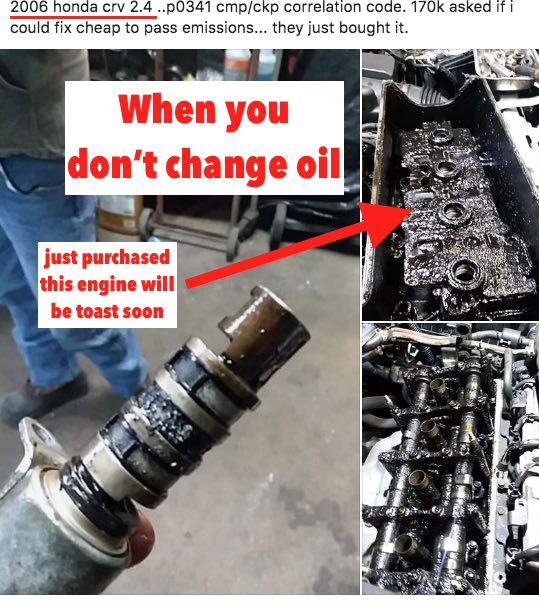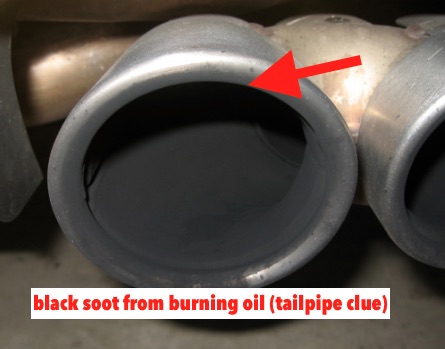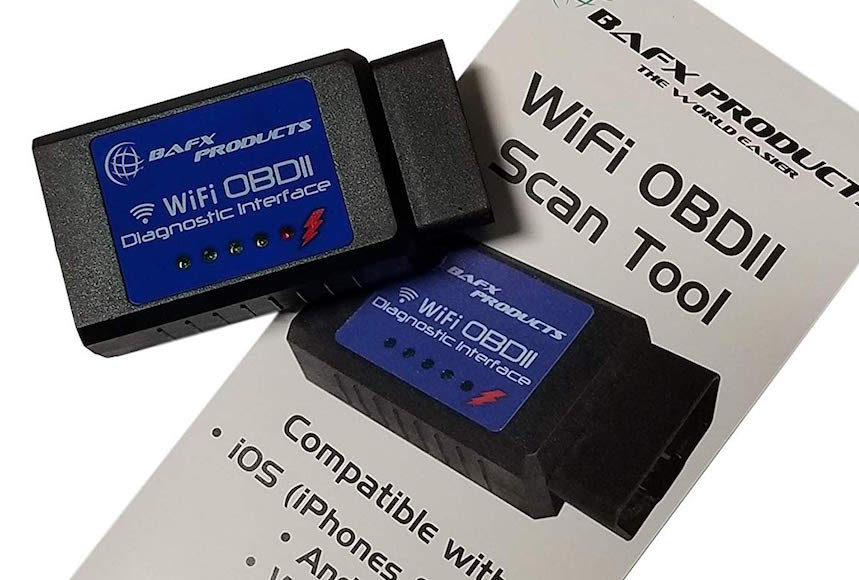Honda CRV Used Car Buying Guide
Are you thinking about buying a 2002 to 2006 Honda CRV? I recently was helping some friends do a pre-purchase inspection on a 2006 Honda CRV. here are some important things I learned when I was researching what to look for as potential problems on the 2nd Gen Honda CR-V’s.
I hope this guide helps you purchase the right vehicle. The best thing to do when buying a used car is to use a used car buying checklist to make sure you do not miss any important parts. This list is specific for the 2002-2006 Honda CRV and does not include the normal parts of used car inspections.
The first two things to do when looking at buying any used car is to use these FREE government sites that can do VIN checks for you. I also recommend your own Carfax report, but being as I do not like paying for them, I rarely do them myself. Here are the links to the two sites that check for recalls, and also check for theft/salvage cars. Pro tip: remember to check the VIN on the car’s frame (door, lower windshield area) to match the VIN that the seller sent you or listed in the add. With sketchy sellers, this is a common way to get you to get the wrong info on the car.
Honda CRV 2002 to 2006 Common Problems:

1. Check for receipts of regular maintenance and especially oil changes (every 5,000 miles at most). Dealer maintained cars are typically the best– means that the seller wasn’t skimping on repairs costs. Dealerships also see a lot of the same car all the time–they typically know what goes wrong and can spot it quickly. 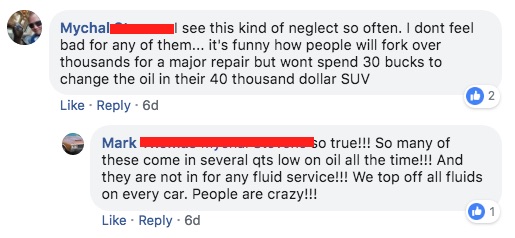
- Even if a car has been maintained at a dealership sometimes they skip this valve adjusts. It isn’t necessarily a hard job or a particularly expensive valve adjust however it can greatly affect performance and gas mileage. A dealership would likely charge between $250-500 for a valve adjustment on a 2002-2006 Honda CR-V.
- On the Honda CR-V, I went to check out with my friends the seller had always taken it to the dealership for maintenance. It had 130,000 miles and had never had the valves adjusted. When I brought this up to the seller he wanted to know why the dealership never mentioned that to him. Unfortunately, there is no way to tell why or why not some dealerships recommend the correct maintenance and some don’t.
3. Check for problems with the headlights.
- These are known for blowing headlight bulbs constantly. Test both low and high beams and ask the owner if they recently replaced the bulbs.
- On these cars, it is very important to use the OEM headlight bulb. It is not worth the headache of using cheaper aftermarket bulbs to only burn out after a couple of thousand miles.
- Check for corrosion on all electrical components, replace bulbs in pairs, and use dielectric grease on the connectors to keep out moisture. Make sure the ground for the bulbs is clean as well.
4. 2002 to 2006 Honda CRV are All Wheel Drive (AWD)
- Pay particular attention to all four tires being the same make and model.
- Run your hand over the tires and check for any irregularities
- When buying tires for an all wheel drive car you need to buy all four at once and get an all four wheel alignment. If the car has different tires with different tread depths– avoid the car– it can cause problems with the AWD system. Also, factor in four new tires and a four wheel alignment if it needs it ($400-800 total depending on tire quality).
5. 2002-2006 Honda CRV’s have the K24A1 engine.
2002-2006 Honda CR-V’s are timing chain engines— no timing chain needed (that is when a car has a timing belt).
- Oil changes are an absolute must. I recommend changing the oil every 5000 miles with synthetic. people seem to abuse this Engine with lack of oil changes, and sludge and build up will destroy the engine.
- Rust can be a big issue on these cars. If it is ever seen the East Coast or lived in the Rust Belt aka “Salt Belt” for any amount of time be sure to check for rust on the frame. Do not buy the car if it has bad rust.
6. Make sure to check the AC system very closely as well.
- These cars are known to have problems with AC, and that is one thing that most people forget to check when buying a used car.
- It is referred to as the black death A/C problem on these cars– so be aware!
7. SRS (Airbag light problems) are common!
- Check the passenger seat and make sure the wires are clear under the seat for the sensor on the seat.
- They tend to get crammed in the tracks of the seat and need to be rerouted or resoldered. There also may be a problem with the sensor in the back under the passenger seat– do some diagnosis! But know that is a common problem.
8. Check for excessive burning oil!
- I mentioned this before, but as always try to be sure the engine isn’t drinking oil like gas. Here are some questions to ask the seller:
-
-
- Do you have to fill the oil in between changes? Do you check it inbetween changes (if no, that is a red flag for bad maintenance)?
-
This isn’t a perfect test– but, if a car’s tailpipe has black soot typically it is either rich or burning oil. On a fuel injected Honda CRV with no check engine codes, it likely is burning more oil than normal. Some oil consumption is normal– however, it is important to know how much oil it is burning. Buying a used car that is already burning oil can be a bad start! Look at the exhaust pipe– does it have black soot coating it? A car that doesn’t burn a lot of oil will have a light brown tailpipe. One that drinks oil will be black. This isn’t a rule, but a good place to check to verify your suspicions.
-
9. Test drive like a boss
- No radio on, no talking, just drive the car!
- Stop quickly, pay attention to noises, pulling, steering wheel shake, etc.
- Accelerate quickly– floor it! Get it up to 70-80mph. Any check engine lights now come on? Any shaking at high speeds? Anything feels sketchy?
- If the buyer gets uncomfortable with you pushing their car, then tell them you aren’t comfortable buying the car. The number of misfires I have found on cars simply by giving them full throttle and seeing how they do is crazy! It might put around town okay, but what happens when you open it up to get on the short freeway on ramp? It is a safety matter after all.
- Here is a video showing you how to perform a test drive on a used car like a boss:
10. Be ready to walk away!
- Remember DO NOT always buy the first car you go check out.
- Also, a seller will respect you much more if you let them know what price you are willing to pay and why. Then if they do want to think about it– let them! Honestly, if you show them cash, even hand it to them (say they are asking $7,500 and you think it is worth $6,000 take it out and place it in their hands when you suggest the price. It is much harder for them to give back the money than to refuse it in the first place.
Photo Guide:

